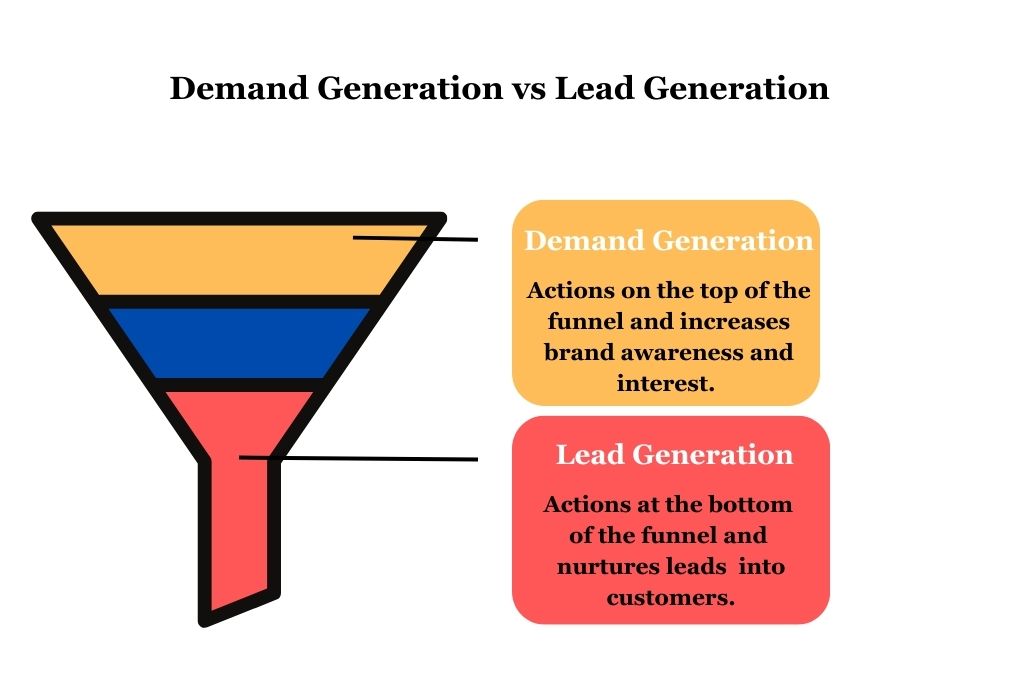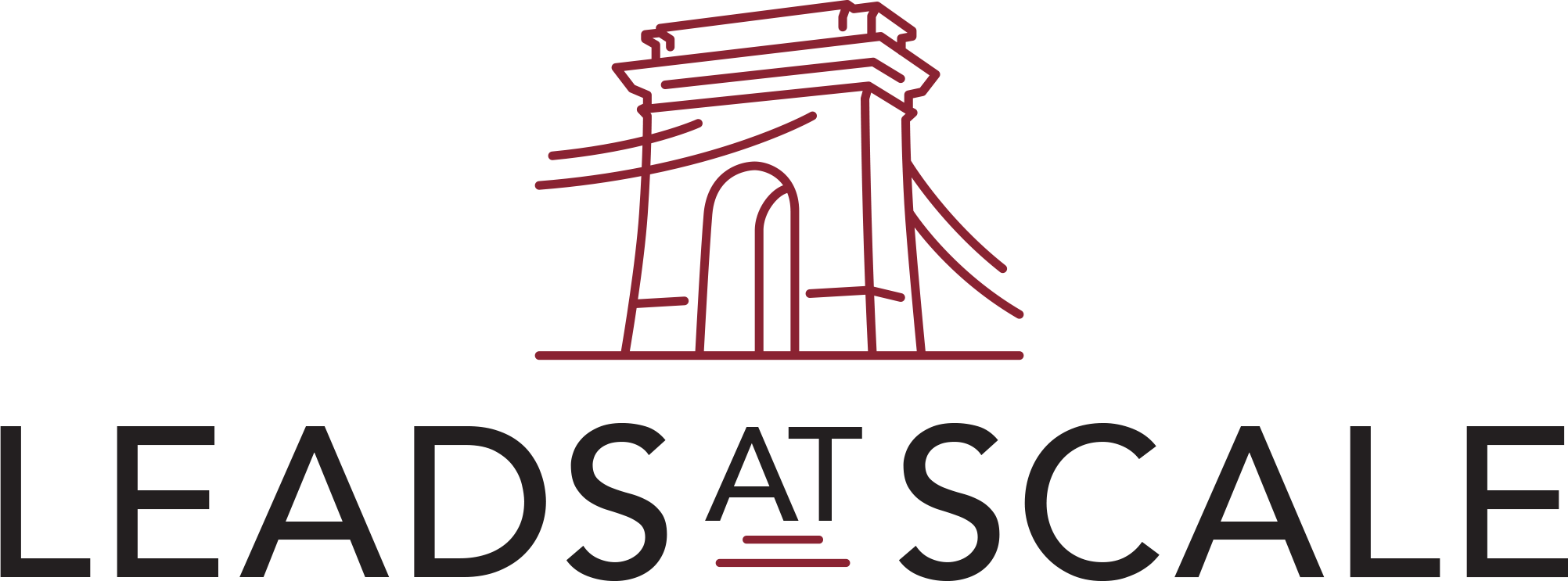Demand generation and lead generation are B2B marketing concepts that often go hand in hand and can work in harmony. But what is the difference, exactly?
So, without further ado, let’s dive in and differentiate clearly between the two concepts, and uncover how to optimize your strategies for success.
We’ll be exploring…
What is Demand Generation?
Demand generation is a marketing technique designed to nurture a brand’s target market. The truth is that it isn’t just one thing. Rather, demand gen encompasses a whole set of B2B marketing agendas including:
- Driving awareness to a brand
- Nurturing customer trust and loyalty
- Displaying thought leadership in the market
In other words, this marketing concept is an umbrella term that encapsulates everything from lead nurturing to upselling. The ultimate aim of this marketing concept is for a brand to curate their ideal target market and establish themselves as reputable leaders in that arena.
Demand generation is what helps position a brand in its market segment. In other words, it’s what makes a brand stand out from their competitors. It doesn’t just build awareness about your brand, it builds awareness about a need that your brand fills.
Think of it this way. When an audience understands what they need and how they can fill that need using your product or service, they are more likely to want to engage with your sales teams.
Demand generation fills the gap between brand awareness and B2B sales strategies by showing potential customers the value of a brand’s product and service offerings. This is especially useful in a B2B setting. B2B demand generation is all about showing other businesses how a product or service will help them improve their own business outcomes. It’s all about building awareness and trust.
When executed well, demand generation will help your brand:
- Become a trusted industry thought leader
- Generate higher quality leads
- Create more focused marketing campaigns
- Establish an engaged target market
What is Lead Generation?
On the other side of the coin, we have lead generation. This practice consists of exactly what it sounds like. It’s the process of attracting and converting interested prospects into leads who have expressed interest in a company’s product. Unlike demand gen, lead gen aims to cultivate this interest until it becomes a viable sales opportunity.
Yet, just as demand gen is vital to brand positioning, lead generation rides on its coattails and is crucial to business growth. With it, potential customers who are aware of your presence (thanks to effective demand gen strategies) signal an interest and provide contact information in exchange for valuable content, offers, or solutions you can provide.
This personal interaction opens a line of communication between you (the business) and your potential customer (the lead). It sets the stage for nurturing this relationship toward a sale. Without effective lead generation strategies positioned upon solid demand gen groundwork, your funnel might run dry quickly, hindering business growth.
The Difference Between Demand Generation and Lead Generation
The key difference between demand generation and lead generation becomes evident in their roles: demand generation centers on creating brand awareness, whereas lead generation is dedicated to transforming the brand-aware audience into potential customers.
Lead generation helps turn the newly turned-on audience into potential customers. After all, there is a difference between increasing the demand for your brand and turning that desire into actual leads. Think of it as stage one (demand gen) vs. stage two (lead gen) in any marketer’s playbook.
However, the differences don’t just end there.

Goals
If we were to assign goals to both strategies, demand generation aims to carve out a niche for your brand in the minds of prospects. It stirs interest around what your services can offer by providing important knowledge about these solutions. On the contrary, lead generation has a more precise objective – converting this interest into actionable marketing opportunities.
Engagement
While both strategies are intended to foster engagement with prospects, how they do so differs significantly. Demand gen is often done through thought-leadership content such as tutorials and webinars.
Lead generation seeks a more personal commitment. Be it an email sign-up or an eBook download, it creates a direct line of communication with the prospect.
Impact
Both methods serve different but equally valuable roles in an effective B2B strategy. Demand gen initiatives lay crucial groundwork to ensure when prospects discover your brand, they perceive it as a credible solution provider.
This reputation primes them for subsequent targeted outreach (lead gen), where you can convert this credibility into tangible leads.
Strategies
Each method has its arsenal of strategies that are tailor-fit for them. For example, if guest blogging contributes toward thought leadership (demand gen), then offering freebies such as an eBook laden with exclusive insight can open doors for capturing contact information (lead gen).
Now, here is an overview of both strategy metrics in more detail:
Strategy Metrics for Demand Generation
Metrics are crucial as they provide measurable proof of your strategy’s success. For demand generation, you might evaluate success based on metrics like:
- Cost per Acquisition
- Customer Lifetime Value
- Customer Acquisition Cost per Channel
- Pipeline Growth
- Social Engagement and Content Performance
Strategy Metrics for Lead Generation
Similarly, after capturing leads, several key metrics help gauge lead gen effectiveness:
- Number of Quality Leads
- The Ratio of Marketing Qualified Leads to Sales Qualified Leads
- Conversion Rate
- Total Lead Value
- Customer Acquisition Cost
- Click-through Rate
- Average Lead Response Time
Demand Generation Best Practices and Strategies
You’re almost ready to go. Before we leave you to embark on your own journey, we want to share some best practices for demand generation in B2B marketing to help you along the way. All of these tips and tricks will help you launch a more effective (and more lucrative) demand-gen campaign.
Set key goals
Ensure that, before anything else, you set some core goals for your campaign. What is it that your campaign sets out to achieve? Identify a few specific goals and return to them throughout the planning process to ensure that your campaigns remain highly targeted.
Develop detailed buyer personas
Demand generation is all about nurturing your ideal target market so it goes without saying that you should know exactly who your target market is before you get started. Research and develop a detailed picture of your buyer personas based on real consumer data. You should know everything there is to know about your buyer from their pain points to their interests.
Carry out a content audit
We’ve already stressed the importance of high-quality value-filled content for demand generation. Carrying out regular content audits will ensure that your content remains effective. This will help you identify what content needs to be made, as well as pieces that may require updating. Ensuring that your content remains fresh, timely, and relevant is essential if you want your brand to retain its position as an industry leader.
Offer your prospects something original
A great way to boost your marketing campaign is to offer something extra that prospects aren’t being offered elsewhere. That could be a free resource, like an eBook or free digital tool that demonstrates some of your product capabilities. This will help your brand stand out from the crowd and help your marketing teams double down on more leads.
Monitor your progress with targeted testing
Finally, ensure that you are regularly monitoring performance metrics to ensure that your demand generation campaign is aligned with your key goals. During the planning phase, choose a range of targeted key performance indicators (KPIs) that you will measure throughout the duration of your campaign to keep your marketing teams on track. Return to these as often as possible and make adjustments to your campaign as and when needed to ensure that your end goals are still well on the way to being met.
The key to a successful demand generation campaign is to take an integrated approach combining a range of different strategies. Here are a few to get you started!
Guest blogging
Guest blogging is a great way to establish your brand as a reputable thought leader. The beauty of guest blogging is that it allows even early-stage start-ups to get their name out there. Guest blogging involves writing content for another company’s website. Ideally, choose a company with a similar target market to your own. That way you’ll attract traffic back to your own website via backlinks.
Paid search and social media ads
Paid search campaigns are a great way to boost your demand-generation efforts. Ensure that your content demonstrates how your products and services meet your target market’s needs and can alleviate their pain points. Then launch paid search and social media adverts to reach out to your ideal avatar directly with targeted content.
Content marketing
Content marketing is an essential strategy for any demand-generation campaign. High-quality content is one of the best ways to establish yourself in your market and stand out as a reputable market leader. It’s through content that you can demonstrate to your target audience exactly how and why your products and services are going to help them improve their own business outcomes.
Your content should highlight a need by highlighting the challenges that your prospective buyers are already facing and clearly demonstrating how your products and/ or services offer the ideal solution. This generates the will and desire to continue down the sales funnel and become a genuine lead.
So, what kind of content is best?
Any kind of informative content format is great. Things like blogs, buyer guides, reports, and whitepapers are all examples of excellent demand-generation-friendly content. For now, it’s all about sparking that interest.
Top Tip: Don’t forget to optimize your content with SEO best practices and targeted keywords to ensure that your content is reaching the right people!
Freebies
Another effective demand-generation strategy comes in the form of incentives. Freebies and other incentives are a great way to keep interest alive. Once your target audience has read through your content, they still might not be quite ready to make a purchase.
At this point, it’s okay to give your audience a little extra push in the right direction. Offering a freebie that hints at what your full product can do is a great way to show prospects that your product is worth investing in. Once they try out your free tool (and love it) they’ll be more likely to follow up with a sales call or make that final purchase!
Lead Generation Best Practices and Strategies
As we round off our deep dive, understanding some best practices for lead generation can set the stage for your success. A well-oiled lead generation operation requires:
- Building trust with potential leads
- Uncomplicated paths toward conversion
- Aligning sales and marketing initiatives
- Consistent testing and improvement
Building an atmosphere of trust is paramount. Without it, no one will be willing to surrender their personal information. Make use of testimonials or case studies, as they are potent tools to convey credibility and expertise.
Simplicity hastens conversions. Reducing form fields or automating processes wherever possible can ensure visitors who show an interest won’t change their minds due to tedious requirements.
Next, sales and marketing teams must move together in harmony for demand and lead gen campaigns to pay off. Both wings should align closely around shared goals and regularly communicate to keep everyone abreast of ongoing initiatives or evolving tactics.
Lastly, ”Always Be Testing” is an effective motto here, just as ”Always Be Closing” fits elsewhere. Establish baselines where you can measure campaign success and conduct regular performance reviews. Always look for more efficient ways of turning interest into viable action points.
This continuous refinement process ensures your strategy stays fresh and capable of delivering exceptional results. So there you have it! With a firm grasp on demand generation vs. lead generation under your belt, you’re better primed to utilize this complementary plan, jump-starting your B2B business growth starting today!
Combining Demand & Lead Generation
People often ask whether demand generation and lead generation can (or should) be combined. The answer is yes, absolutely! In reality, it’s not really a matter of choosing between the two, it’s more a matter of how to wed the two. Demand generation is the ideal foundation for a lead generation campaign.
Here’s how combining the two strategies might look.
Say you’re a B2B marketing team, launching a new business software product. Before trying to drum up loads of potential leads, it’s important to set the groundwork first. This is the demand generation stage. During this stage you should be producing value-filled content, webinars, newsletters, and other materials that engage your target market, identify their pain points, and demonstrate how your new software product will meet their needs and improve their business outcomes head-on.
Once you’ve got engagement, then you can start generating leads with more targeted popup forms, landing pages, links, and opportunities for sales conversion. Thanks to your demand generation efforts, you already have a pool of high-quality leads so now is the time to start driving traffic to your site, and closing sales.
Conclusion
Ready to launch your best demand generation campaign yet? Remember, it is the foundation for any great lead generation campaign. By establishing a need and filling that need for your target persona, you’re already setting yourself up for higher-quality leads.
Lead At Scale is a B2B lead generation service that helps businesses qualify leads at scale through a range of service strategies including B2B cold calling and B2B appointment setting services that will fill your sales pipeline and warm those leads.



